Change Saturation
The amount of personal, professional and life change that individuals must absorb is soaring. Many people have exceeded their mental and emotional capacity for change. They are exhausted from their effort to distinguish which change is most important and find clear direction in the overwhelming volume of so much change.
Change saturation is dangerous because it results in stress related life fractures and creates billions of dollars of lost productivity in the workplace. Symptoms of change saturation range from personal impacts such as fatigue and burnout to organizational impacts like failed projects and tragic accidents. Change saturation can be measured and managed. The following three steps can be applied to you personally.
- Inventory – take a look at all change taking place for you personally. This includes both positive changes such as a new baby and negative changes such as the loss of a loved one. You have one life (versus a personal life, a professional life, a volunteer life etc.) so make sure your inventory encompasses all aspects of your life. Your inventory may also include things happening in the world around you.
- Evaluate – what is your capacity for change against the mental, emotional, spiritual and physical resources you have? Honestly assess your habits, your energy and your time to determine your capacity for change.
- Decide –how will you apply your resources against the demands of your change inventory? Recognize that you have a choice on how you choose to spend your time, energy and attention. Perhaps you need to decide to reduce time commitments or improve your habits to increase capacity.
Organizationally this same process should be applied on an ongoing basis. As a leader is it critical to monitor and measure the change capacity within your team and your organization. If you do not pay attention to the degree of change saturation you risk wasting valuable resources.
We are currently working on a tool to assist organizations measure and manage their change portfolio. Let us know if you’d be interested in partnering with us through its development.

